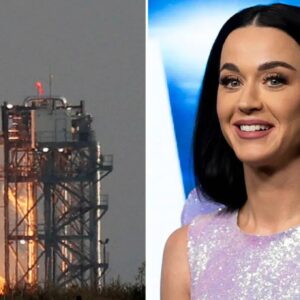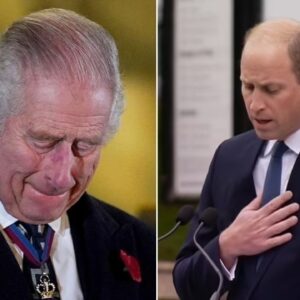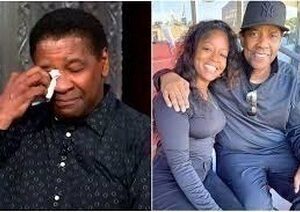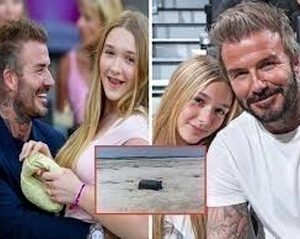The Innocence Before the Collapse
It was just past 4 PM on a warm Tuesday afternoon when 12-year-old Sofia Ramirez, a seventh-grade honor student and aspiring painter, left her charter school in the Boyle Heights district of Los Angeles. Like many students in the area, she often took a shortcut beneath the 6th Street overpass — an aging, graffiti-tagged tunnel that had become a quiet fixture of the neighborhood, as overlooked as it was unloved.
Thank you for reading this post, don't forget to subscribe!The tunnel had long ceased to be maintained by city engineers. Locals joked it was “a shortcut through the past.” But on that day, the past came crumbling down — literally — in the form of a sudden structural collapse that turned a familiar path into a deadly trap.
Sofia disappeared without warning. One moment she was texting her mother about dinner, the next she was gone — swallowed by a deafening thunder of crumbling concrete, broken pipes, and suffocating dust.

Anatomy of a Collapse: Infrastructure Decay in Real Time
Experts believe the incident was inevitable. A convergence of neglect, aging infrastructure, and recent underground water shifts likely triggered the collapse. Cracks had been seen months earlier. Neighbors had reported vibrations after small earthquakes earlier that week. Yet, like too many structural risks in underfunded urban zones, the signs were ignored or dismissed.
When the tunnel gave way, roughly 20 tons of debris — including reinforced concrete beams and layers of dirt — buried the central portion of the walkway. The scene was apocalyptic: dust clouds visible for blocks, stunned witnesses unable to comprehend what had just occurred. Sofia’s backpack was found torn and dust-covered at the tunnel’s edge. Her phone, shattered. No one had seen her emerge.
For hours, no sign of life.
The Desperate Search: Technology, Tension, and the Limits of Time
Urban Search and Rescue (USAR) teams from the Los Angeles Fire Department, along with tactical units from LAPD, arrived within 20 minutes. They brought drones, thermal imaging cameras, ground-penetrating radar, and audio sensors. And yet, none could detect a heartbeat beneath the debris.
Hope was fading. Parents cried quietly behind yellow tape. Neighbors prayed. And responders dug — faster, harder, more recklessly. But every move risked another collapse.
Enter Koda — a trained search and rescue K9 with an almost supernatural ability to detect human scent through meters of earth.
The K9’s Instinct: A Single Bark That Shattered Silence
Koda, a four-year-old Belgian Malinois, had already worked in wildfire evacuations and earthquake zones. But this assignment was different — confined, chaotic, unstable. Handler Sgt. Miguel Alvarez hesitated for a moment before giving the command.
And then, it happened.
Koda sniffed. Paused. Took three deliberate steps forward. And then froze. His ears snapped forward. He barked — once — and began digging furiously.
Rescuers converged on the spot, replacing machines with gloved hands, delicately clearing rubble. And there, just minutes later, the tip of a small, trembling hand broke through the debris.
A moment captured on bodycam footage now watched by millions.
From complete silence to the sound of a child crying out — and the entire crowd erupting into cheers, disbelief, and tears.
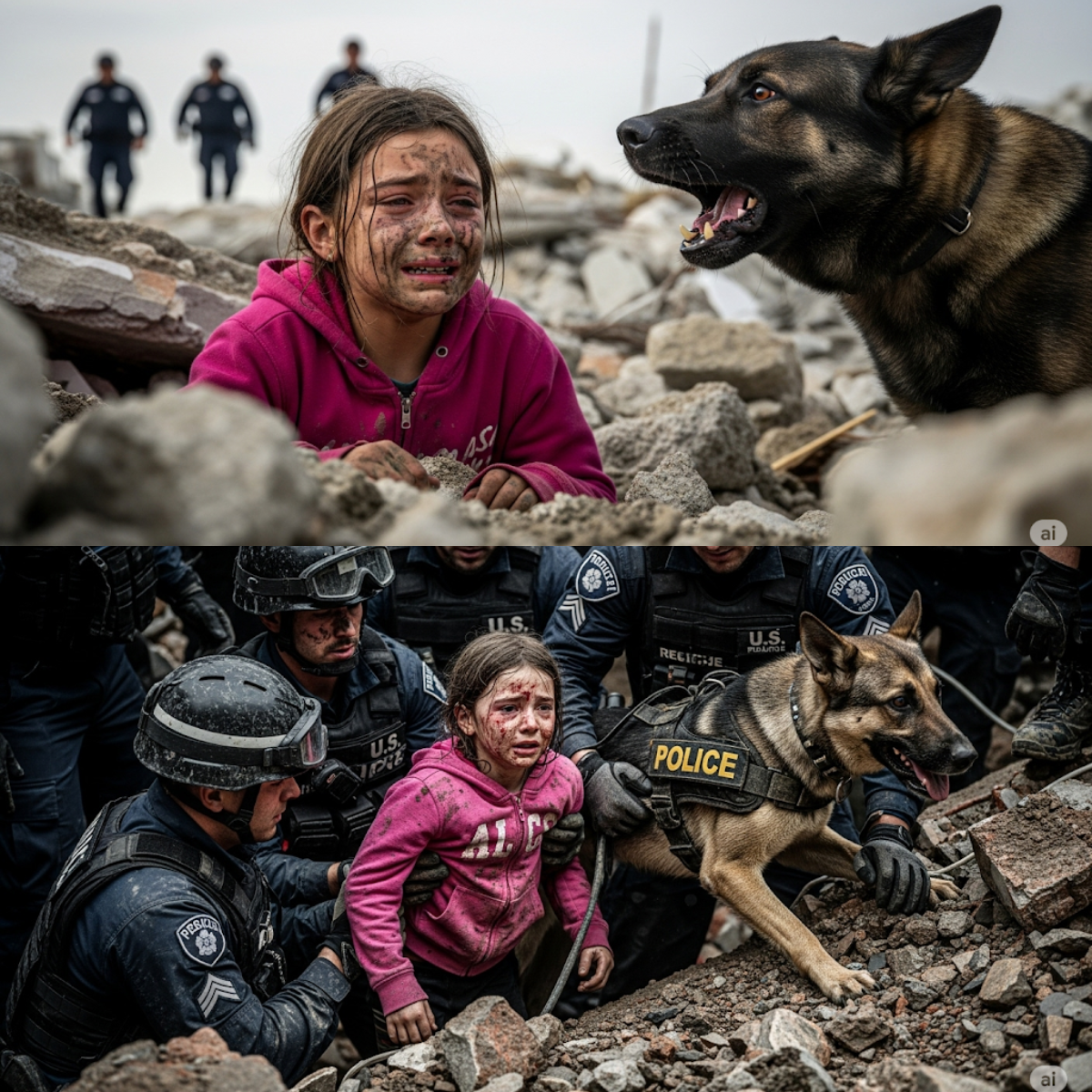
The Extraction: Digging Out a Miracle
Sofia was alive — conscious, terrified, but responsive. Her body was curled into a fetal position, shielded partially by a broken steel pipe that had protected her from the worst of the cave-in. She had multiple bruises, dehydration, and a broken wrist — but no internal bleeding, no skull trauma, no spinal damage.
“She was whispering,” said EMT Angela Kim. “She just kept saying, ‘Am I dying?’”
Sofia was stabilized, IV fluids administered, and she was lifted gently out of the pit that could have become her grave. As paramedics rushed her to Children’s Hospital Los Angeles, applause rippled through the crowd like a wave. Even the hardened firefighters were weeping. Sgt. Alvarez knelt down to embrace Koda, who was licking Sofia’s hand in quiet triumph.
A City Awakens: Accountability, Infrastructure, and Unanswered Questions
The aftermath of the miracle quickly shifted toward outrage. Why was the tunnel still accessible? Why were warnings ignored? Why wasn’t the passageway sealed or reinforced?
City officials admitted the tunnel had not been inspected in over 14 years.
L.A. Mayor Thomas Whitfield issued an emergency declaration and ordered immediate inspections of 110 “neglected passageways and underpasses” throughout the city. The Department of Public Works acknowledged budget constraints had led to the deprioritization of “non-active” urban infrastructure — a euphemism now hauntingly ironic.
Sofia’s story, miraculous as it was, became a wake-up call.
The Dog Who Saved a City’s Soul
In a world of algorithms and AI, it was the instinct of a living, breathing creature that changed the outcome. Koda is now being hailed as a hero not just in L.A., but around the globe.
He’s received the LAPD Medal of Valor, an honorary plaque from the National Disaster Search Dog Foundation, and over 200,000 fan letters addressed simply to “Koda, The Brave Dog.”
But according to Sgt. Alvarez, none of that matters to Koda:
“He doesn’t know he’s famous. He just knows he found her. That’s enough.”
Sofia: Recovery and Reflection
Sofia remains in recovery, surrounded by family and therapists. She’s still processing the trauma — the darkness, the weight, the isolation — but doctors say her prognosis is excellent. Her first words to her mother?
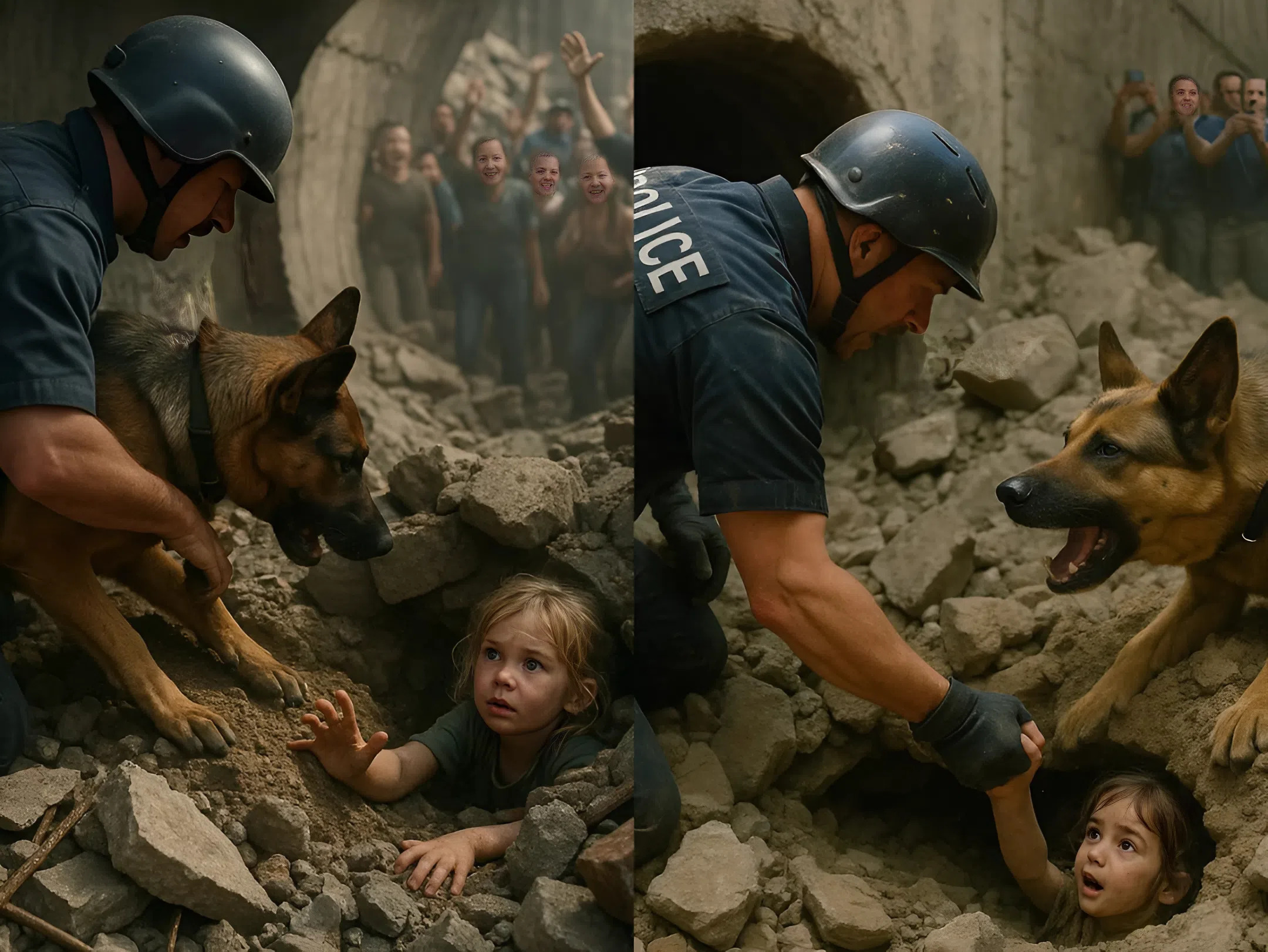
“I heard the dog. I thought I was dreaming.”
Her mother, Maria Ramirez, has since launched a petition titled “Never Again: Secure Our Tunnels”, which already has over 1.2 million signatures.
Conclusion: From Catastrophe to Clarity
What began as a quiet walk home ended with a global conversation: about safety, about forgotten spaces, about the thin line between life and death.
But also, about hope. And the idea that even in the darkest tunnels — literally and metaphorically — there can be light.
Sofia’s survival was not a guarantee. It wasn’t technology. It wasn’t luck. It was people who refused to give up. It was a dog that refused to look away.
In a city often divided by politics, noise, and pressure, this was one moment that united everyone.
As one firefighter put it:
“We came looking for a body.
What we found was a heartbeat.”
And a single bark that reminded us: miracles don’t need wings — sometimes, they walk on four legs.
